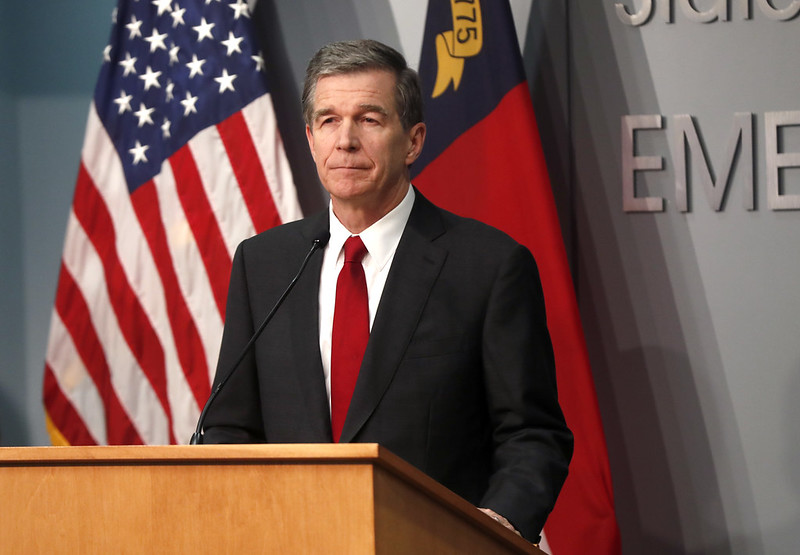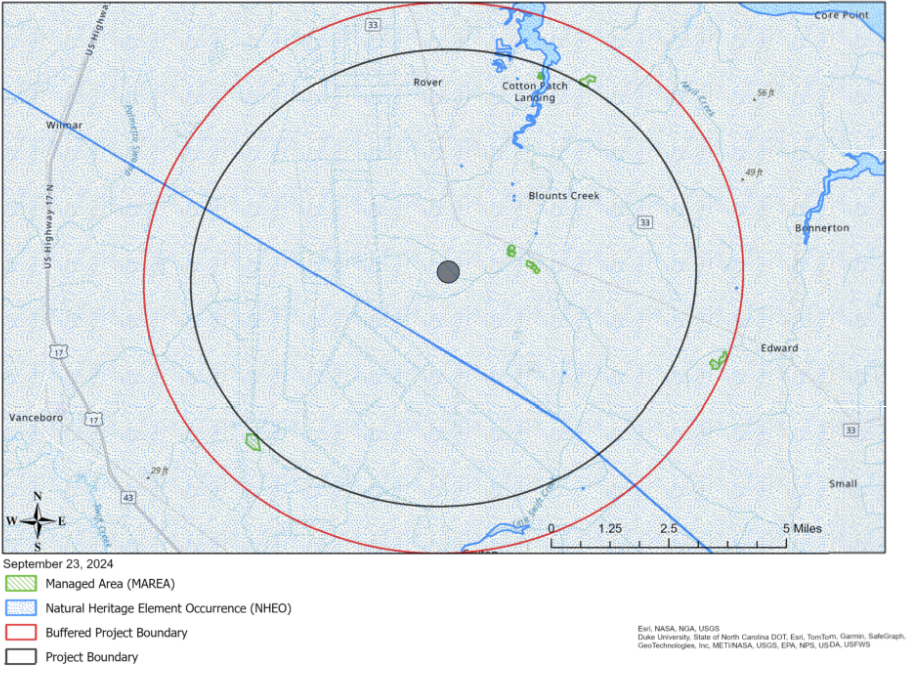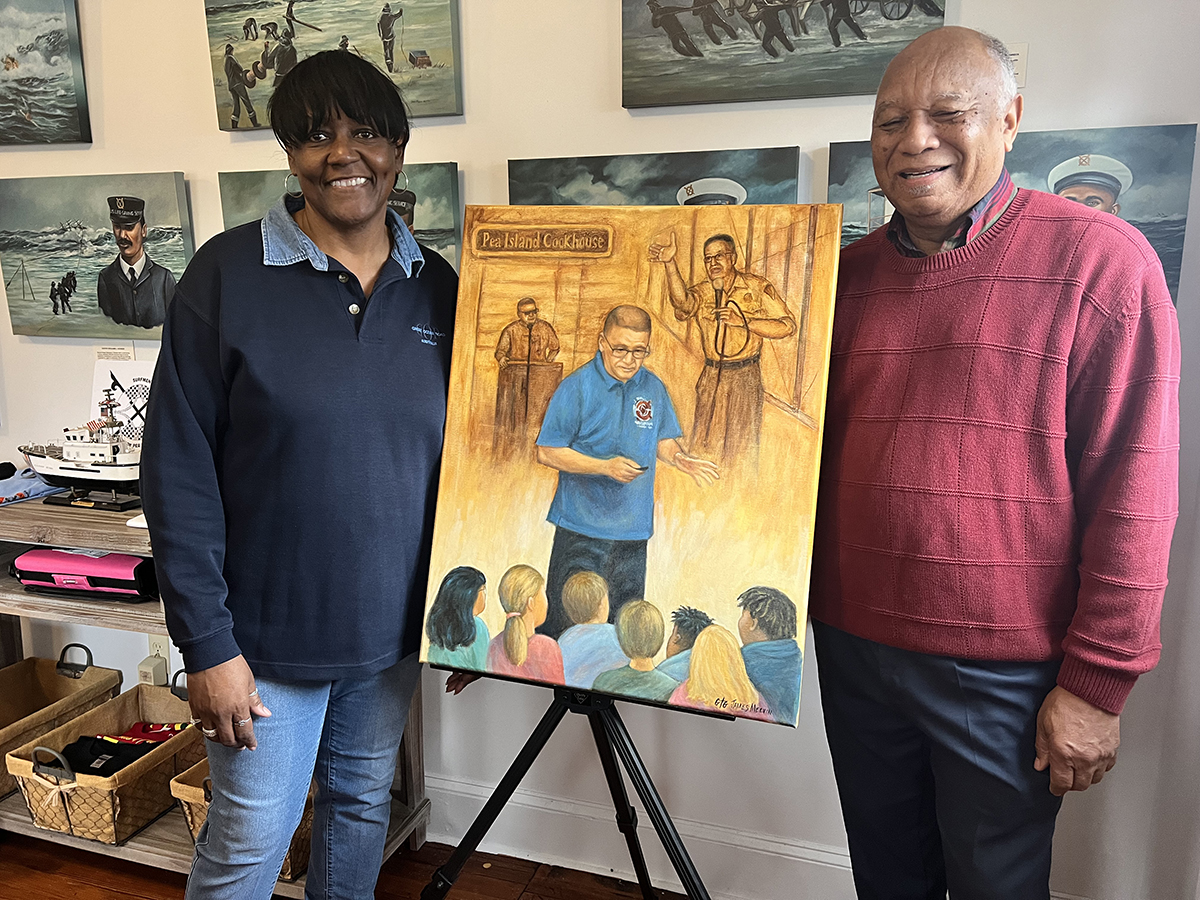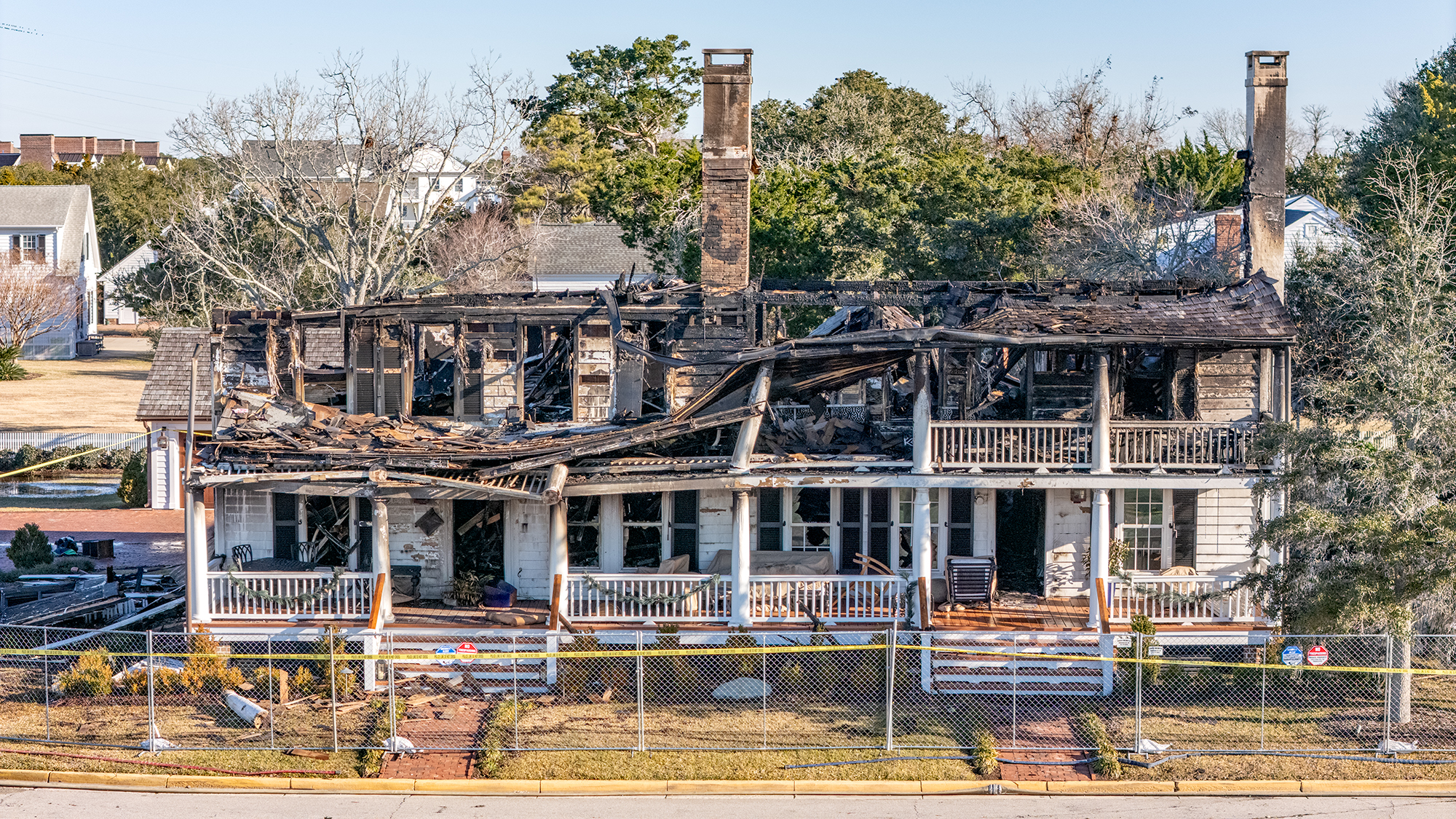
North Carolina’s stay-at-home order has been extended through May 8.
Gov. Roy Cooper announced Thursday that he signed Executive Order No. 135 extending North Carolina’s Stay At Home order through May 8. The order also extends the closure of restaurants for dine-in service, bars and other close-contact businesses.
Supporter Spotlight
Once the data show that key metrics are headed in the right direction the three-phase plan to lift restrictions will begin.
“The health and safety of people in North Carolina must be our top priority,” Cooper said in a statement. “This plan provides a roadmap for us to begin easing restrictions in stages to push our economy forward.”
Cooper and Dr. Mandy Cohen, Secretary of North Carolina Department of Health and Human Services, shared more specifics on those key metrics during the Thursday media briefing. The stay-at-home order and other orders have been extended because the state has not yet seen a downward trajectory of those metrics needed to begin gradually lifting restrictions.
“North Carolina cannot stay at home indefinitely,” added Cooper. “We have to get more people back to work. Right now, the decision to stay at home is based on the public health data and White House guidance. North Carolina needs more time to slow the spread of this virus before we can safely begin lifting restrictions. I know that this pandemic has made life difficult for many people in our state and I am focused on keeping our communities safe while planning to slowly lift restrictions to help cushion the blow to our economy.”
In order to begin lifting restrictions, North Carolina needs to see sustained leveling or decreased trajectory over 14 days in COVID-like illness surveillance, lab-confirmed cases, percent of tests returning positive and in hospitalizations.
Supporter Spotlight
“Data has driven our decisions, starting with the aggressive measures Governor Cooper took early on to slow the spread of COVID-19. Those actions combined with North Carolinians’ resolve to stay home to protect their loved ones have put our state on the right path. If we stick to these efforts right now we will continue to see a slowing of virus spread and we can slowly begin easing restrictions,” said Cohen.
The state will continue building capacity to be able to adequately respond to an increase in virus spread by increasing laboratory testing and tracing capability. The state is working to ensure there are adequate supplies to fulfill requests for critical PPE for at least 30 days.
Cooper also shared information about how North Carolina can gradually reopen over three phases to prevent hot spots of viral spread while also beginning to bring the economy back.
The Cooper administration provided the following details on the phases, which are based on the best information available now, but could be altered as new information emerges:
Phase 1
- Modify the stay-at-home order to allow travel not currently defined as essential, allowing people to leave home for commercial activity at any business that is allowed to be open, such as clothing stores, sporting goods stores, book shops, houseware stores and other retailers.
- Ensure that any open stores implement appropriate employee and consumer social distancing, enhanced hygiene and cleaning protocols, symptom screening of employees, accommodations for vulnerable workers, and provide education to employees and workers to combat misinformation.
- Continue to limit gatherings to no more than 10 people.
- Reopen parks that have been closed subject to the same gathering limitation. Outdoor exercise will continue to be encouraged.
- Continue to recommend face coverings in public spaces when 6 feet of distancing isn’t possible.
- Encourage employers to continue teleworking policies.
- Continue rigorous restrictions on nursing homes and other congregant care settings .
- Local emergency orders with more restrictive measures may remain in place.
Phase 2
At least 2-3 weeks after Phase 1
- Lift stay-at-home order with strong encouragement for vulnerable populations to continue staying at home to stay safe.
- Allow limited opening of restaurants, bars, fitness centers, personal care services, and other businesses that can follow safety protocols including the potential need to reduce capacity.
- Allow gathering at places such as houses of worship and entertainment venues at reduced capacity.
- Increase in number of people allowed at gatherings.
- Open public playgrounds.
- Continue rigorous restrictions on nursing homes and other congregant care settings.
Phase 3
At least 4-6 weeks after Phase 2
- Lessen restrictions for vulnerable populations with encouragement to continue practicing physical distancing and minimizing exposure to settings where distancing isn’t possible.
- Allow increased capacity at restaurants, bars, other businesses, houses of worships and entertainment venues.
- Further increase the number of people allowed at gatherings.
- Continue rigorous restrictions on nursing homes and other congregant care settings.







